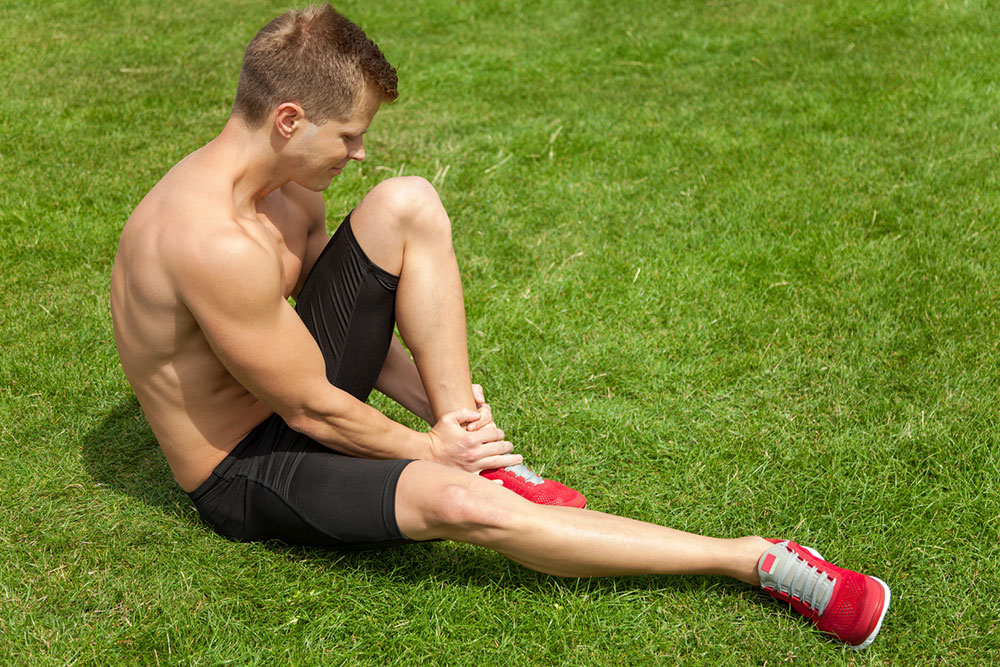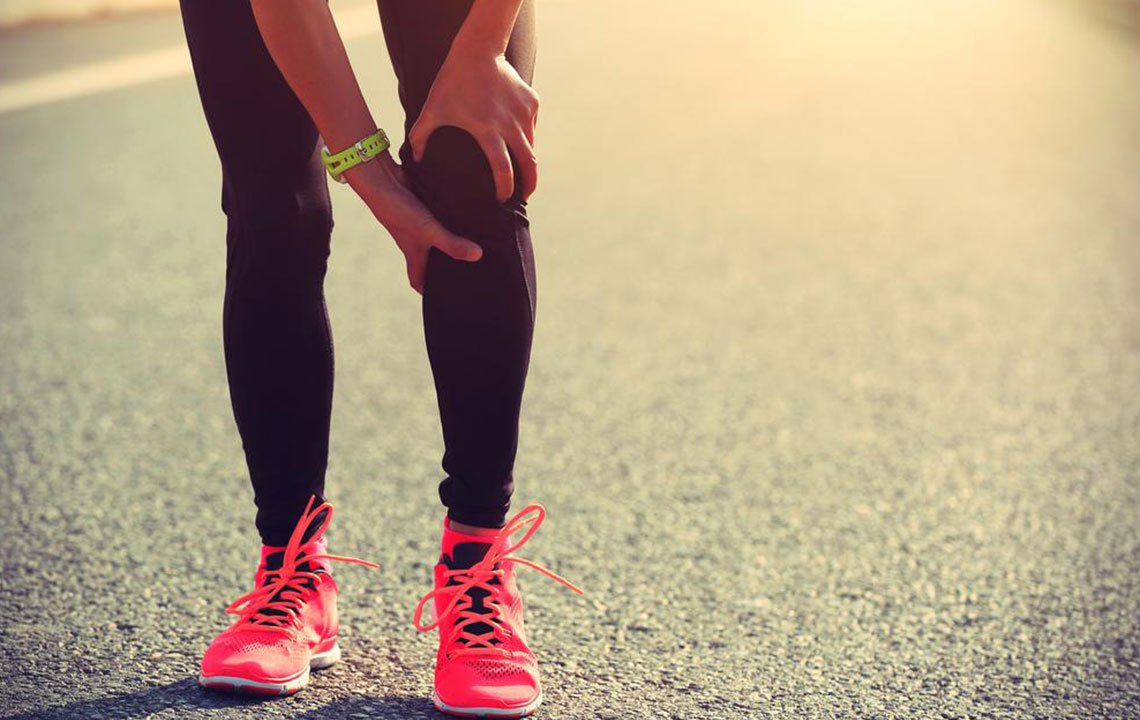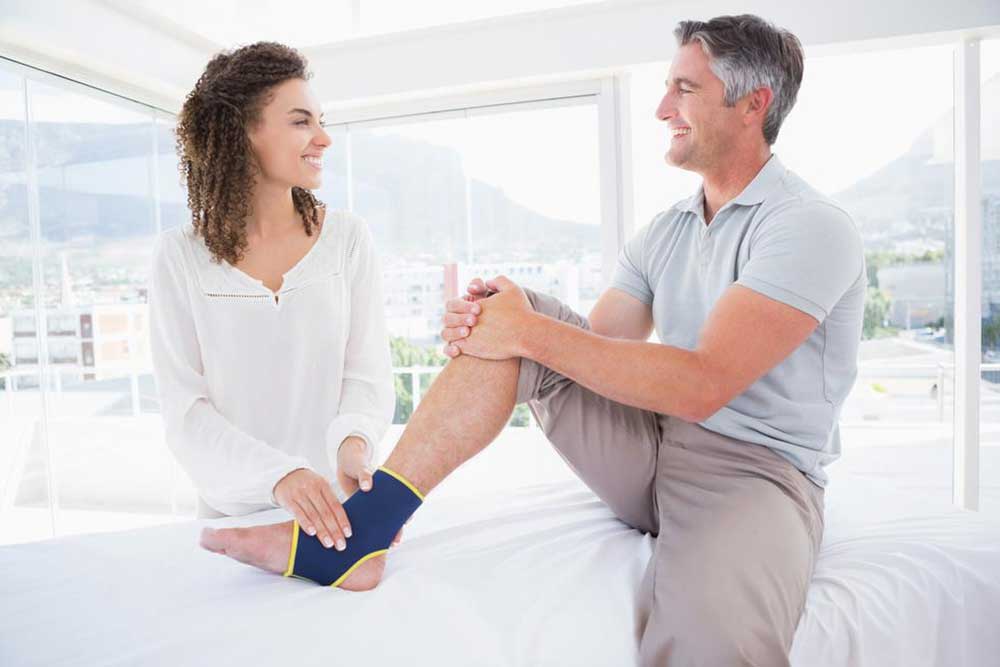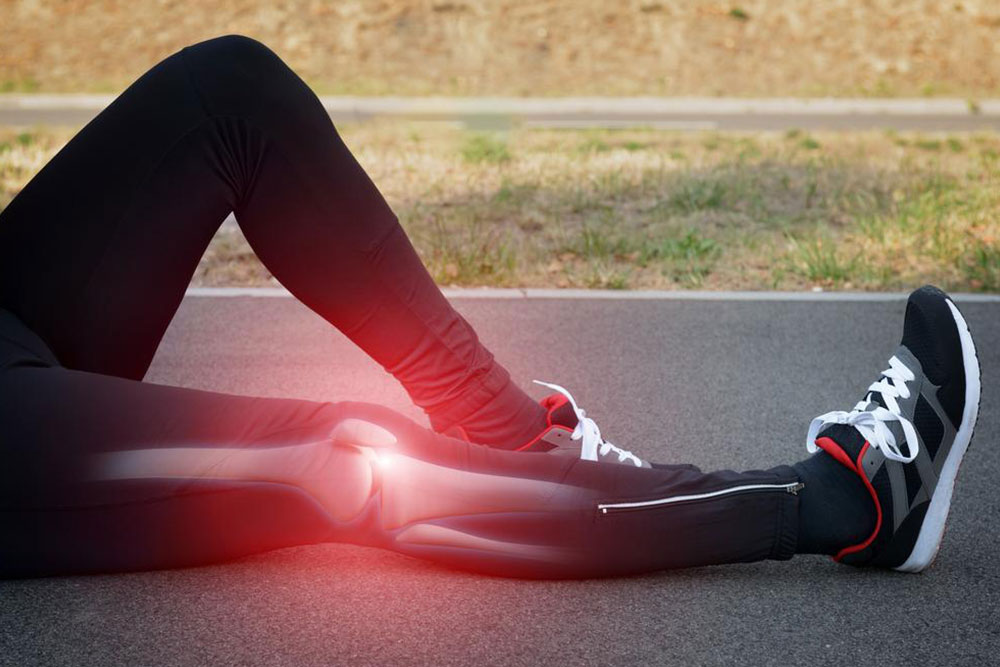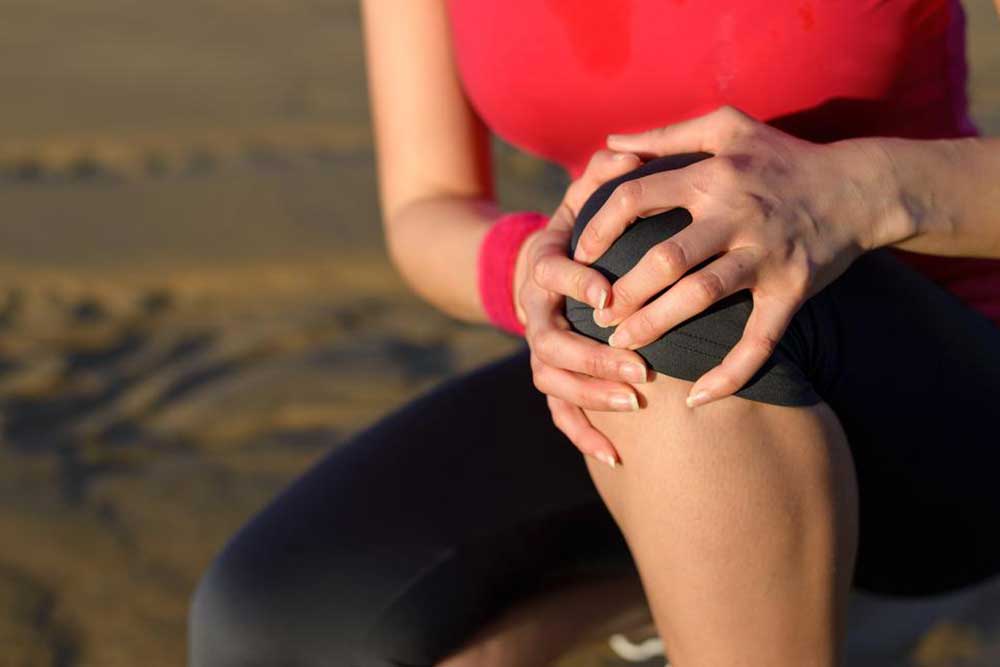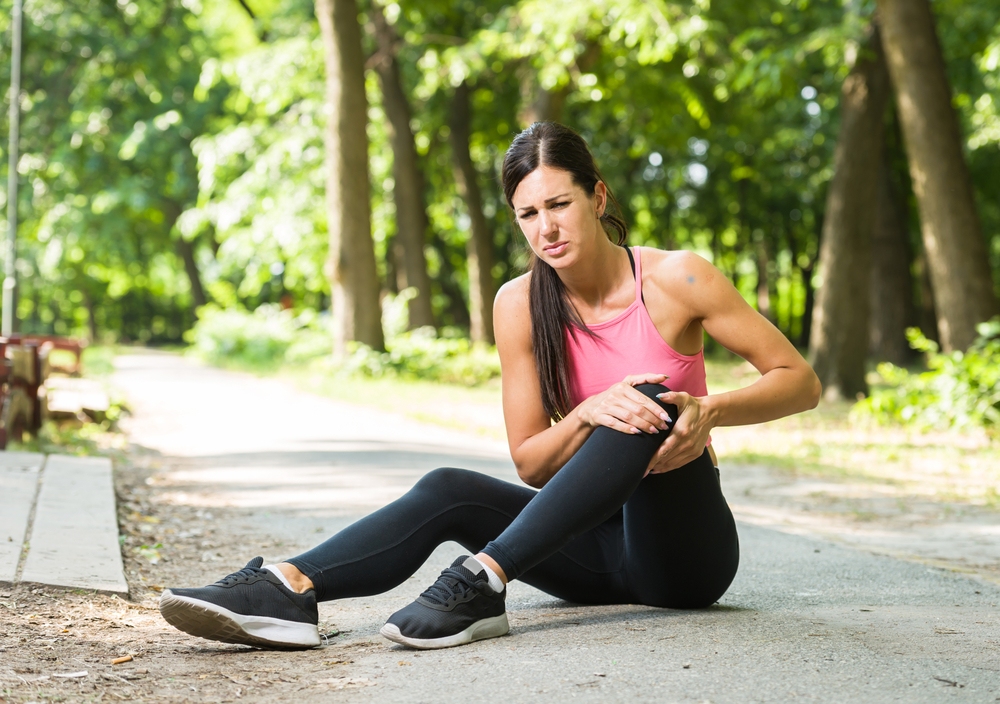Understanding Common Causes of Leg Discomfort and Home Remedies for Relief
This comprehensive article explores various causes of leg discomfort, including muscle cramps, shin splints, tendinitis, and vascular issues. It offers practical home remedies like ice packs, massage, turmeric, and apple cider vinegar to alleviate pain. Understanding these common conditions and adopting preventive measures can significantly improve quality of life. Early detection and proper care are essential for effective management of leg pain, especially when symptoms are severe or persistent. Learn how lifestyle adjustments and natural treatments can help maintain healthy legs and prevent future discomforts.

Understanding Common Causes of Leg Discomfort and Home Remedies for Relief
Leg discomfort is a widespread issue that can impact individuals of all ages and lifestyles. Whether it manifests as muscle tightness, joint pain, cramps, nerve sensations, or even blood clots, this type of discomfort can significantly impair one’s daily activities and overall quality of life. Recognizing the underlying causes of leg pain is crucial in determining appropriate treatment options and effective relief strategies. In this comprehensive article, we will explore the most common causes of leg discomfort, including both benign and serious conditions, and present practical home remedies to alleviate symptoms and promote recovery.
Common Causes of Leg Discomfort
Leg discomfort can arise from a variety of sources, ranging from muscle fatigue to vascular and neurological conditions. Each cause has distinctive symptoms and treatment approaches. Being aware of these can help individuals seek timely medical advice and adopt suitable home care routines. The primary causes include:
Muscle Cramps
Muscle cramps are sudden, involuntary contractions of the muscles, often experienced in the lower leg or calves. These are frequently referred to as "Charley horses" and are common in athletes, individuals who are dehydrated, or those experiencing electrolyte imbalances. Factors like fatigue, dehydration, overexertion, or prolonged sitting can trigger these spasms. Typically, muscle cramps cause a sharp pain that can last from a few seconds to several minutes. Gentle stretching, massaging the affected muscle, and ensuring adequate hydration are effective strategies to relieve cramps. Maintaining electrolyte balance by consuming foods rich in potassium, magnesium, and calcium can also serve as a preventive measure.
Shin Splints
Shin splints, medically known as medial tibial stress syndrome, involve inflammation of the muscles, tendons, and bone tissue around the tibia or shin bone. This condition frequently affects runners, dancers, or individuals involved in high-impact activities. Symptoms include pain along the inner part of the lower leg, which worsens with physical activity. Factors such as flat feet, overpronation, or wearing unsupportive footwear can elevate the risk. Managing shin splints involves applying ice packs to reduce inflammation, wearing supportive shoes, and practicing proper stretching techniques. Rest is vital, and activity modification can prevent relapse. If pain persists, consulting a healthcare professional is recommended for further evaluation and tailored treatment plans.
Tendinitis
Tendinitis refers to the inflammation of tendons, which are the fibrous tissues connecting muscles to bones. Achilles tendinitis affects the back of the calf, and it often results from repetitive stress or overuse—common in runners, jumpers, or individuals who perform repetitive activities. Symptoms include localized pain, swelling, and stiffness. Initial treatment includes ice application, rest, and anti-inflammatory medications. Severe or persistent cases may require physical therapy or, in rare cases, surgical intervention. Proper warm-up and stretching before engaging in vigorous activities can help prevent tendinitis recurrence.
Sprains and Strains
Sprains occur when ligaments—connective tissues holding bones together—are stretched or torn, often due to twisting or sudden impacts, especially around the ankle. Immediate first aid involves the RICE protocol: Rest, Ice, Compression, and Elevation. Rigid or unstable injuries may require medical evaluation or imaging to rule out fractures. Rehabilitation includes physical therapy exercises to restore strength and flexibility. Wearing supportive footwear and avoiding activities that exacerbate pain are essential for healing. Timely care ensures proper recovery and reduces the risk of long-term instability or chronic pain.
Vascular Issues and Blood Clots
Blood clot formation within leg veins—particularly in deep veins—is a serious condition known as Deep Vein Thrombosis (DVT). DVT can occur due to prolonged immobility, surgery, pregnancy, or certain medical conditions that increase blood clotting tendencies. Symptoms include swelling, warmth, redness, and pain in the affected limb. If a clot dislodges, it can travel to the lungs, causing a pulmonary embolism, which can be life-threatening. Treatment involves anticoagulant medications, compression stockings, and lifestyle modifications such as increasing mobility. Recognizing early symptoms and seeking prompt medical attention are vital to prevent complications.
Peripheral Arterial Disease (PAD)
PAD involves narrowing or damage to the arteries that supply blood to the legs, resulting in reduced blood flow. This condition often accompanies atherosclerosis and is common among smokers, diabetics, and the elderly. Symptoms include leg cramps, pain during walking (claudication), numbness, and cold extremities. Managing PAD requires lifestyle changes like adopting a heart-healthy diet, engaging in supervised exercise programs, quitting smoking, and controlling blood pressure and cholesterol levels. In some cases, medical procedures such as angioplasty or bypass surgery are necessary to restore blood flow. Addressing PAD early can prevent serious complications like limb ischemia or gangrene.
Spinal Stenosis and Sciatica
Spinal stenosis, often related to arthritis or degenerative disc disease, involves narrowing of the spinal canal, which compresses nerves that extend into the legs. Sciatica, a specific type of nerve pain, results from herniated discs pressing on the sciatic nerve. Symptoms include lower back pain radiating into the legs, numbness, tingling, or weakness, especially during movement or prolonged sitting. Treatments focus on alleviating nerve pressure through physical therapy, medications, and stretching exercises. In severe cases, surgical intervention might be necessary. Maintaining a healthy weight, practicing good posture, and engaging in core-strengthening exercises can help prevent or reduce symptoms.
Diabetic Neuropathy
Diabetic neuropathy occurs due to prolonged high blood sugar levels damaging nerves, commonly affecting the limbs, particularly the legs and feet. Symptoms include numbness, tingling, burning sensations, and pain. Proper blood sugar control through medication, diet, and lifestyle changes is critical in managing symptoms and preventing progression. Regular foot examinations, wearing comfortable shoes, and avoiding injuries are essential preventive steps. Managing diabetic neuropathy enhances quality of life and reduces the risk of complications like ulcers and infections.
Natural Home Remedies for Leg Relief
In addition to medical treatments, several home remedies can offer relief from common leg discomforts and promote healing. These natural solutions are easy to implement and can complement professional care effectively:
Cold Compress: Applying an ice pack wrapped in a cloth to the affected area for 15 minutes every few hours can reduce inflammation, numb pain, and promote faster recovery. Always avoid direct contact of ice with the skin to prevent frostbite.
Massage Therapy: Gentle massage with oils like olive, coconut, or therapeutic massage oils improves circulation, relaxes tense muscles, and relieves discomfort. Combining massage with stretching can enhance flexibility and reduce soreness.
Turmeric Paste: Known for its anti-inflammatory properties, turmeric can be made into a paste with warm sesame or coconut oil and applied directly to inflamed areas. Consuming turmeric in warm milk or as a supplement may also provide systemic benefits.
Apple Cider Vinegar: Soaking legs in a mixture of water and apple cider vinegar can aid in dissolving uric acid crystals, easing pain and swelling, especially in cases of gout-related discomfort.
In conclusion, leg discomfort can stem from a multitude of causes, some benign and others requiring urgent medical intervention. Recognizing symptoms early, practicing appropriate home remedies, and seeking medical advice when necessary can help manage discomfort effectively. Incorporating lifestyle modifications, such as maintaining proper hydration, engaging in regular exercise, and wearing supportive footwear, can significantly reduce the risk of future problems. Always consult healthcare professionals for persistent or severe symptoms to ensure accurate diagnosis and comprehensive treatment plans.
